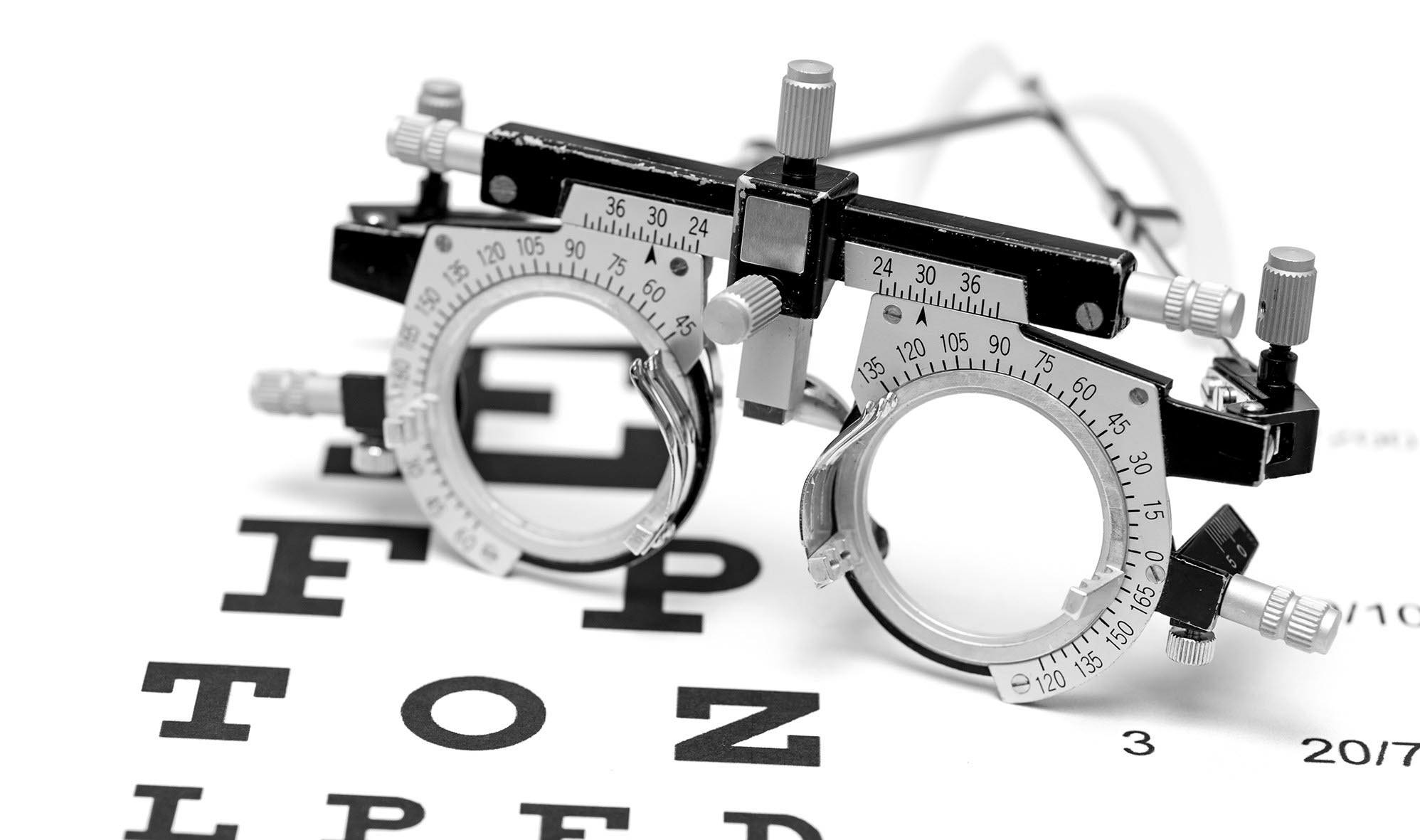We have had a great experience using Tobii Pro Fusion and Tobii Pro Lab. It is easy to extract the numerical results from the Tobii Pro Lab software. We have even created a custom software program to upload the Tobii Pro Lab databases and calculate the optometric parameters needed in every optometric test we performed.Dr. Ana Sanchez-Cano and Dr. Elvira Orduna-Hospital, University of Zaragoza
Customer story
Revolutionizing optometric tests with eye tracking
Want to learn how you can use eye tracking and attention computing in your research?
Fill out the form and one of our experts will contact you shortly.
Author
Ieva Miseviciute, Ph.D.
SCIENCE WRITER, TOBII
As a science writer, I get to read peer-reviewed publications and write about the use of eye tracking in scientific research. I love discovering the new ways in which eye tracking advances our understanding of human cognition.
Related content
Eye tracking for vision research
Cardiff University's School of Optometry and Vision Sciences used eye tracking from Tobii to explore eye movement in people with sight issues. The researchers looked at how environmental factors affected vision deficits.
Eye tracking as a diagnosis tool for eye movement disorders—a look at nystagmus
This study focuses on eye movement disorders, in particular nystagmus, and the possibility of using eye tracking as an established form of diagnosis tool.
Eye tracking study recruitment – managing participants with vision irregularities
Considerations for test participants with vision irregularities and how it can impact your results.
